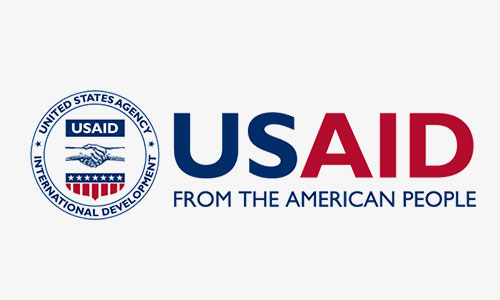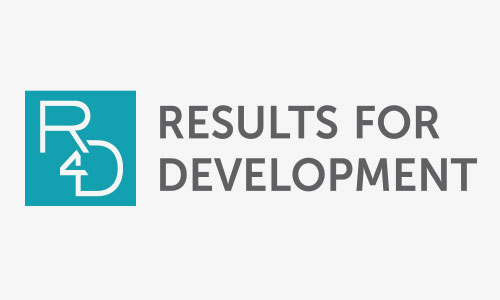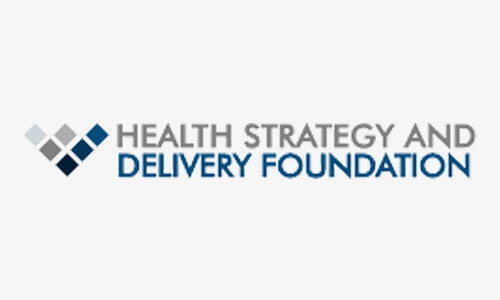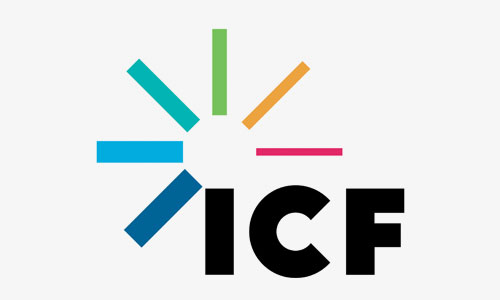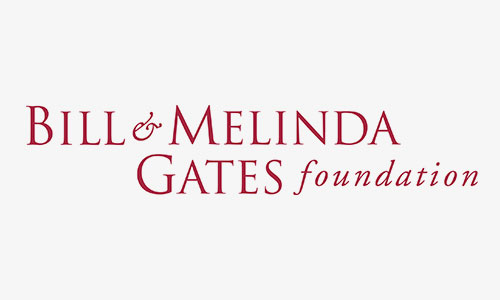Authors: Tamara Chikhradze, Emma Brainerd, and Reva Alperson
Through the Accelerator’s work in the rehabilitation sector, we have observed a knowledge gap in how health financing solutions can respond to rehabilitation needs and increase coverage at the country level.
Why rehabilitation?
The Accelerator is a health systems strengthening project, so what does rehabilitation have to do with that mission? Let us first clarify what we mean by rehabilitation. We are talking about a set of interventions (physical therapy, occupational therapy, speech therapy, orthosis, prosthesis, etc.) designed to optimize functioning and reduce disability in individuals with health conditions in interaction with their environment.
These rehabilitation interventions improve functioning and quality of life, increase productivity, and bolster the outcomes of other health interventions. This is why rehabilitation is already conceptualized as a part of universal health coverage (UHC), alongside preventive, promotional, curative, and palliative care. People of all ages may require rehabilitation following an injury, surgery, stroke, pregnancy, or childbirth, for example—or to alleviate disease-agnostic conditions like lower back pain from sedentary desk jobs. In fact, recent Global Burden of Disease data shows that one-third of the world’s population needs rehabilitation at some point throughout an illness or health condition. And this need is only going to increase as populations continue to grow and age and non-communicable disease burdens continue to rise.
So, the answer to “why rehabilitation?” is quite simple: rehabilitation is needed to shift the focus of health systems beyond “saving lives” and towards ensuring healthy lives and promoting well-being for all at all ages, the crux of Sustainable Development Goal #3. Unfortunately, rehabilitation is often under-prioritized in countries’ health systems and UHC strategies – especially in low- and middle-income countries (LMICs). Clearly, now is the time to start considering rehabilitation in health systems strengthening and UHC initiatives.
Strengthening rehabilitation in countries’ health financing systems
The Accelerator supports countries as they reform their health systems to include rehabilitation and pursue the UHC goals of ensuring access to quality care and financial protection for all. An important lever for achieving this mission is health financing. A well-designed health financing system will mobilize, pool, and govern funds to pay for rehabilitation services that the population needs in ways that improve access to care, enhance the quality of services delivered, and reduce out-of-pocket payments.
Particularly within health systems facing resource constraints, optimizing all aspects of the health financing system to make the most of available funds is crucial. Even as policymakers and managers advocate for more financial resources for under-prioritized health services like rehabilitation, they also need to understand how to use available resources most effectively to achieve the best possible outcomes for the population in need.
What we did to address the problem
To address the health financing knowledge gap, the Accelerator partnered with the World Health Organization (WHO) – the leader and convener of the Rehabilitation 2030 Initiative – to develop a global technical report that will articulate policy priorities and strategic approaches to improve rehabilitation coverage through health financing solutions.
To gather information for this report and validate previous findings, the WHO and Accelerator facilitated a three-part webinar series on health financing for rehabilitation for policymakers to share country experiences and build capacity to leverage health financing for rehabilitation. Through country presentations and small group discussions, country leaders identified common challenges to financing rehabilitation, policy priorities for strengthening health financing for rehabilitation in their countries, and corresponding strategic approaches to implement these policy priorities. One hundred fifty-seven participants from 40 countries attended the webinar series and contributed to the discourse.
Why collaborative learning?
One of the Accelerator’s tenets is to facilitate cross-country peer-to-peer learning so that those who face common challenges can share and adapt knowledge, producing new ideas that enable them to tackle practical yet complex issues. Taking a collaborative learning approach to the webinar series offered several benefits, moving us towards our activity goals:
- By convening policymakers and managers from the same region, participants could compare experiences and learn from each other’s journeys to boost the rehabilitation response.
- By convening both rehabilitation and health financing experts, participants were able to build new competencies and establish new lines of communication across often disconnected sectors to foster future collaboration.
- We were able to go straight to the source for practical recommendations on improving rehabilitation coverage through health financing, allowing us to incorporate input from various stakeholders and produce a final product that is relevant to many different contexts.
What did we learn?
Through this collaborative learning approach, we found that the following policy priorities for reforming health financing for rehabilitation were the most salient across a range of country contexts:
- Coordinating health financing mechanisms, especially from health and non-health sectors, to achieve equitable population coverage for rehabilitation services
- Defining and paying for rehabilitation services to achieve quality and efficiency
- Developing evidence-based rehabilitation service benefits packages
- Prioritizing rehabilitation within health financing mechanisms
In addition to these overarching priorities, webinar participants brainstormed strategic approaches to ensure their success, producing a comprehensive list in this report. Notably, we found that some types of strategic approaches could support multiple policy priorities, indicating their potential to have far-reaching impacts within a country’s approach to health financing. For example, laws, guidelines, policies, and regulations—ideally at the national level—must clarify the roles and responsibilities of all major players in the rehabilitation system, from planning to service delivery and payment. Data collection and sharing was another particularly impactful approach that surfaced. It helps quantify the need for rehabilitation, identify the costs and quality of rehabilitation services, and communicate these messages to relevant stakeholders and policymakers.
What next?
The takeaways from this webinar series will be synthesized into the WHO and the Accelerator’s forthcoming technical report that will (1) outline how existing health financing practices address rehabilitation in countries, (2) provide practical guidance and promising practices that can tackle common challenges, and (3) inform policy priorities and next steps to improve health financing for rehabilitation, including the development of needed tools and analytics. In addition to the webinar series, the report will put forth learning from a comprehensive desk review and key informant interviews with topic experts. Stay tuned for this report in summer 2022.
